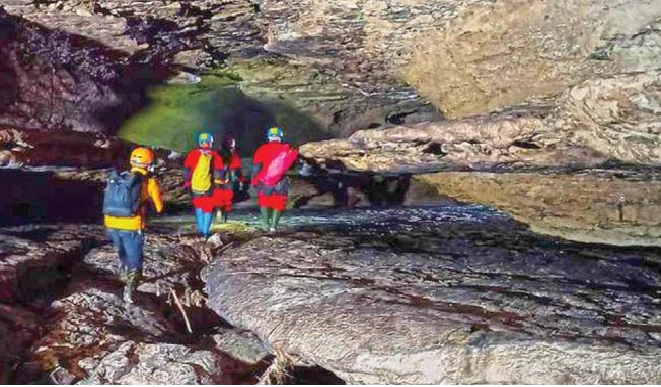Meghalaya: Research on mineral columns in a cave in northeastern Meghalaya has provided information on the history of drought and rainfall in India over the past 1,000 years. The researchers said that this cave can reveal many mysteries related to the past climate. The research is published in the journal Proceedings of the National Academy of Sciences.
While this research report reveals a lot of new information about drought and famine in the country, it also reproduces a lot of old information. Because of the deposits of minerals and limestone in these caves due to the flow of seawater from time to time, helps to predict the changes in weather conditions, droughts, and floods.
About three years ago, a research team from Vanderbilt University in the United States claimed that this cave could help provide detailed information about the state of climate change at that time. The engravings are said to be about how the Mughal Empire fell during the terrible drought of thirty years in the 1780s and 1790s and how the fabric of India began to crumble.
From this study or research, clear information has been obtained about the severe famine in the Deccan during 1630-1632. There are also reports of millions of people dying prematurely due to drought. Eli Rohn, a medical student who was a member of the research team, said that air and water flow inside the cave could help the limestone to grow when it is submerged in dry weather, which has a profound effect on the environment inside the cave.
Dr. Tilak Thakuria of North Eastern Hill University in Meghalaya said that this study can be effective in dealing with severe climate change in the future by completely changing the old data. Another meteorologist Professor Dinabandhu Sanyal said, based on this study report, the government should focus on more intensive research in this direction. The effects of climate change can be seen in Northeast India. The results of these researches, studies, and research can be very helpful in predicting future risks and droughts, etc.




Comments are closed.